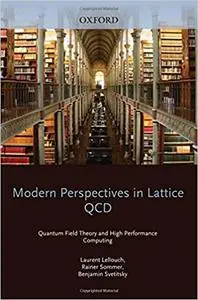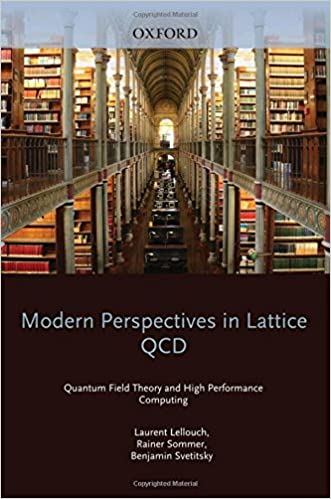Laurent Lellouch, "Modern Perspectives in Lattice QCD: Quantum Field Theory and High Performance Computing: Lecture Notes of the Les Houches Summer School: Volume 93, August 2009"
English | ISBN: 0199691606 | 2011 | 724 pages | PDF | 10 MB
English | ISBN: 0199691606 | 2011 | 724 pages | PDF | 10 MB
The book is based on the lectures delivered at the XCIII Session of the Ecole de Physique des Houches, held in August, 2009. The aim of the event was to familiarize the new generation of PhD students and postdoctoral fellows with the principles and methods of modern lattice field theory, which
aims to resolve fundamental, non-perturbative questions about QCD without uncontrolled approximations.
The emphasis of the book is on the theoretical developments that have shaped the field in the last two decades and that have turned lattice gauge theory into a robust approach to the determination of low energy hadronic quantities and of fundamental parameters of the Standard Model.
By way of introduction, the lectures begin by covering lattice theory basics, lattice renormalization and improvement, and the many faces of chirality. A later course introduces QCD at finite temperature and density. A broad view of lattice computation from the basics to recent developments was
offered in a corresponding course. Extrapolations to physical quark masses and a framework for the parameterization of the low-energy physics by means of effective coupling constants is covered in a lecture on chiral perturbation theory. Heavy-quark effective theories, an essential tool for
performing the relevant lattice calculations, is covered from its basics to recent advances. A number of shorter courses round out the book and broaden its purview. These included recent applications to the nucleon–nucleon interation and a course on physics beyond the Standard Model.



